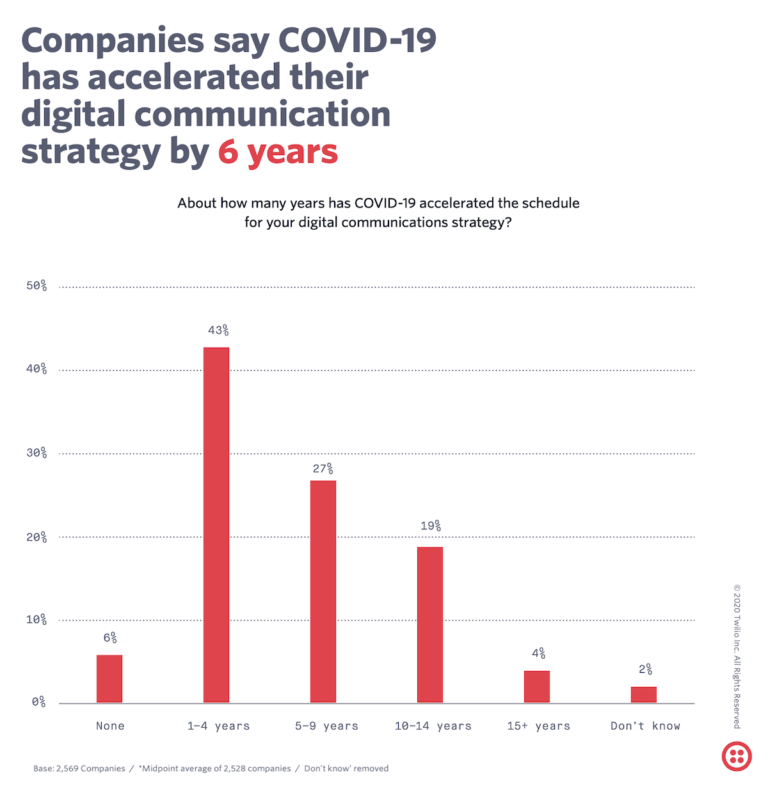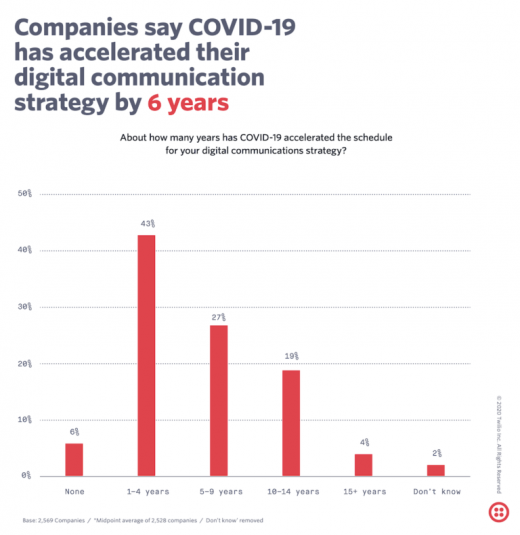3 ways to make your agility during the pandemic a foundational tool for the longterm
To succeed with agile, marketers need to accept imperfection and experiment to fine-tune as you learn more from doing, not just conceptualizing.
For many marketing organizations, “getting it right” has been the primary goal. This has led marketers down the path of weeks (or months) of research and stringent approval processes. Because marketers’ jobs often depend on “getting it right,” we’ve become process-driven and risk-averse.
Then the pandemic hit, and digital strategy accelerated by six years, according to Twilio’s COVID-19 Digital Engagement Report in a recent article by Chiefmartec.com.

During the spring of 2020, marketers around the world were tearing up their carefully crafted marketing plans and being forced to adapt to the most volatile world anyone in the last century has faced.
While a knee-jerk reaction to agility may have gotten marketers the kick in the pants they needed to evaluate current processes, true agile marketing is a lot more than simply responding to change.
Let’s explore three ways your company’s agility can stick around long-term, not just during the pandemic.
Spend more time on big hairy audacious goals
A lot of marketers spend way too much time planning small details of a campaign, rather than focusing on the big picture. A great agile team spends more time aligning on Big Hairy Audacious Goals (BHAGs) and plans the campaign details in an emergent, just-in-time manner.
A true BHAG is clear and compelling, engaging, serves as a focal point for the team and has a definitive end. People should get it right away with little or no explanation. For digital channels, this may be centered around leads and sales.
A BHAG should be done quarterly for most teams, but could be a little more or less frequent depending on the speed of which your marketing moves.
An example may be, “Create an online learning experience that is as interactive and engaging as face-to-face and reaches a worldwide audience, resulting in 50 new enrollments a month.”
Organize teams around the customer
Traditional marketing teams are organized by functionality. The problem with that is customers don’t care about who does what in your company, it’s about the overall experience you can provide them.
A highly matrixed organization isn’t typically in the best interest of customers—they may be getting marketing thrown at them from several parts of your company, creating a disjointed view of your brand.
Matrixed organizations also face another huge problem—dependencies. It’s like passing a baton from one person to another in a relay race and no one can get to the finish line until it gets passed down the entire line.
In agile, we strive to have teams in a way that serves customers best. If you serve multiple types of customers, grouping your teams to focus on specific segments can help deliver seamless marketing very quickly, especially if you have broad-based skills on your team (or at least a willingness to pitch in and help).
Value experimentation over getting it right
To succeed with agile, marketers need to accept imperfection and take on a bit more risk. In agile, quick delivery sprints allow you to experiment and pivot, adjusting and fine-tuning your marketing as you learn more from doing, not just conceptualizing.
So now is the time to take what you’ve learned during this pandemic and get a few good practices in place! You’ll not just be pandemic/reactive agile, but really practicing agile done right and for the long haul.
Opinions expressed in this article are those of the guest author and not necessarily Marketing Land. Staff authors are listed here.
Marketing Land – Internet Marketing News, Strategies & Tips
(19)



